Liwonde National Park is located at the southern end of Lake Malawi. In the west, the park is bordered by the Shire, Malawi’s largest river. The landscape is varied. There are dry savannahs and flood plains as well as mopane and acacia forests and occasional mighty baobab trees. Palm trees on the river banks and the backdrop of the Shire Highlands merge into a beautiful overall picture during a safari in Liwonde National Park. Through successful park management, Liwonde National Park is now the park with the most predator sightings in Malawi. This was not always the case, as by the early 2000s the park no longer deserved its name, as there was hardly any wildlife left due to excessive poaching.
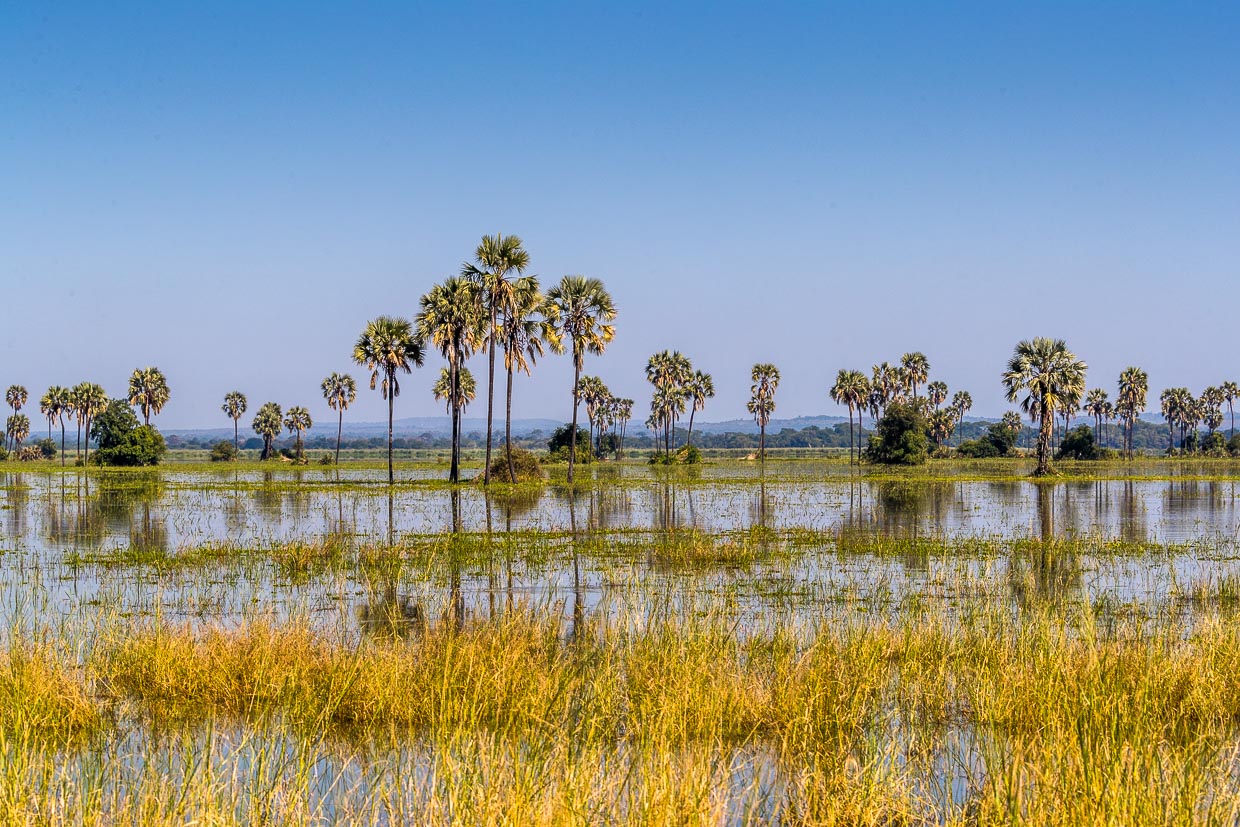
Today, Liwonde National Park is part of the larger Liwonde-Mangochi Complex, managed by African Parks in partnership with the Department of National Parks and Wildlife Malawi (DNPW). This relatively small but highly biodiverse park, due to its high plant density, has set new standards in recent years for the reintroduction and reintroduction of some of Africa’s most important wildlife species. Already in 2016, 336 of the more than 800 elephants were relocated to the Nkhotakota Game Reserve in a spectacular operation. This relocation also caused an international sensation because it was accompanied by a prominent helper. Prince Harry, then still a member of the British royal family, helped with the resettlement. Prince Harry spent three weeks in Malawi.
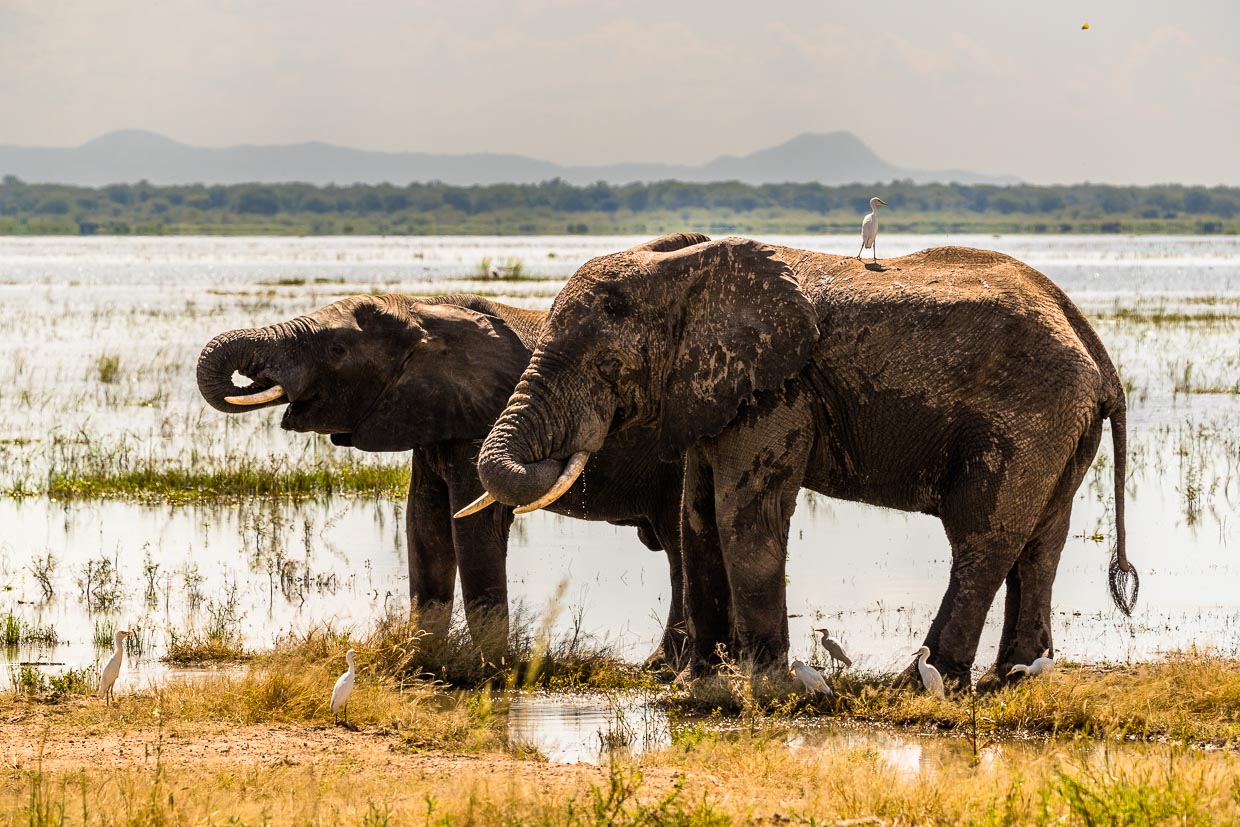
Biodiversity in Liwonde is steadily increasing. In 2021, the park received eight African wild dogs from South Africa. In the same year, nine lion cubs were born in the park. In addition, two male cheetahs were received from South Africa. To ensure constant mixing of the gene pool, a female cheetah was relocated from Liwonde to Mozambique. Park management in Liwonde is a real success story. Today, the national park hosts the largest populations of elephant, black rhino, cheetah and waterbuck in Malawi. This large population of herbivores makes it possible to repeatedly deliver animals to other protected areas in Malawi in order to restore the population there as well and to improve genetic diversity. The park is also home to waterbuck, black heeled antelope, bushbuck, kudu, hippo and crocodile. Among the more than 400 bird species sighted in Liwonde National Park are Crested Pygmy Kingfisher, White-backed Vulture, Goliath Heron or Brown-backed Scissor-bill.
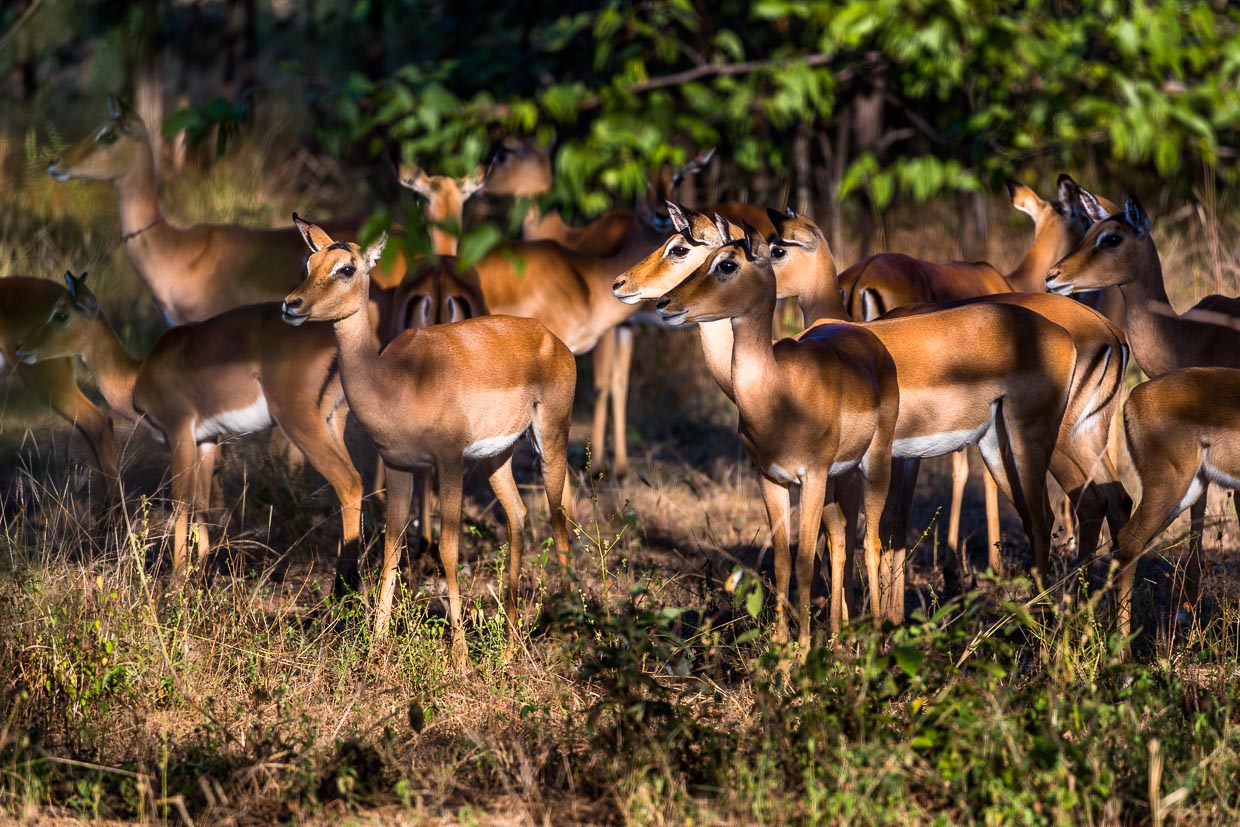
Game Drive in Liwonde National Park
There are two ways to explore Liwonde National Park. You can drive through the well signposted park with a rental car as a self-driver or join a guided tour, which can be booked directly through the respective safari lodge. Kutchire Lodge offers a daily morning drive and evening drive, as well as a boat trip on the Shire River several times a week. The day ticket for Liwonde National Park is paid at the main entrance of the park. Organized tours with a trained guide are more informative and usually result in more animal sightings. Of course, as a self-driver, I know what a giraffe or lion looks like, but in a densely vegetated area like Liwonde Park, it is helpful to know the animals’ preferred locations. Exchanges with the rangers also give the guides valuable tips on spotting the animals. And if the Big Five make themselves scarce and can’t be found, a trained guide still knows a lot about the vegetation or the small animals and birds.
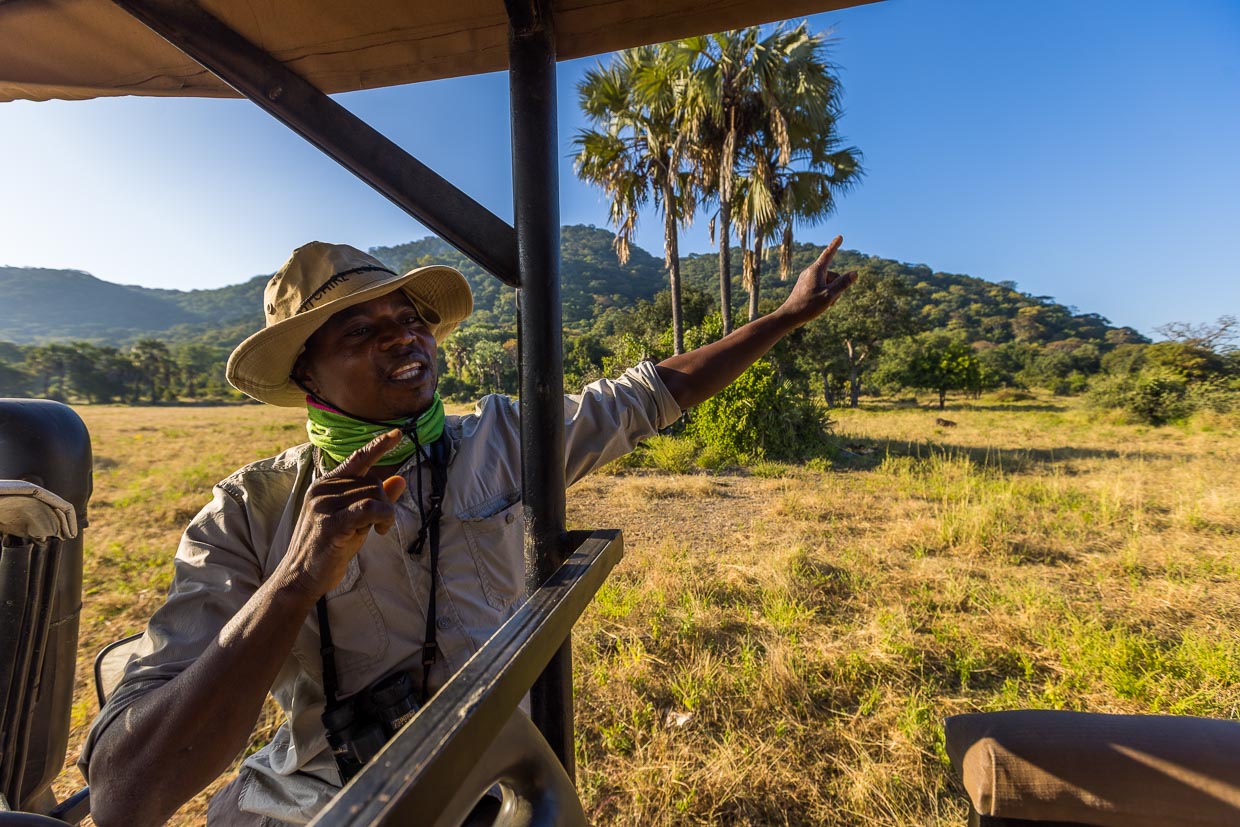
Boat trip Shire River
Due to its location on Malawi’s most important river, the Shire River, the habitats in Liwonde National Park vary from extensive floodplains to vast mopane forests. Kutchire Lodge, ideally located in the park and very close to the Shire River, also offers boat tours that allow wildlife viewing from the water. First, the small boat makes its way through a sea of floating plants, somewhat reminiscent of Monet’s water lilies.
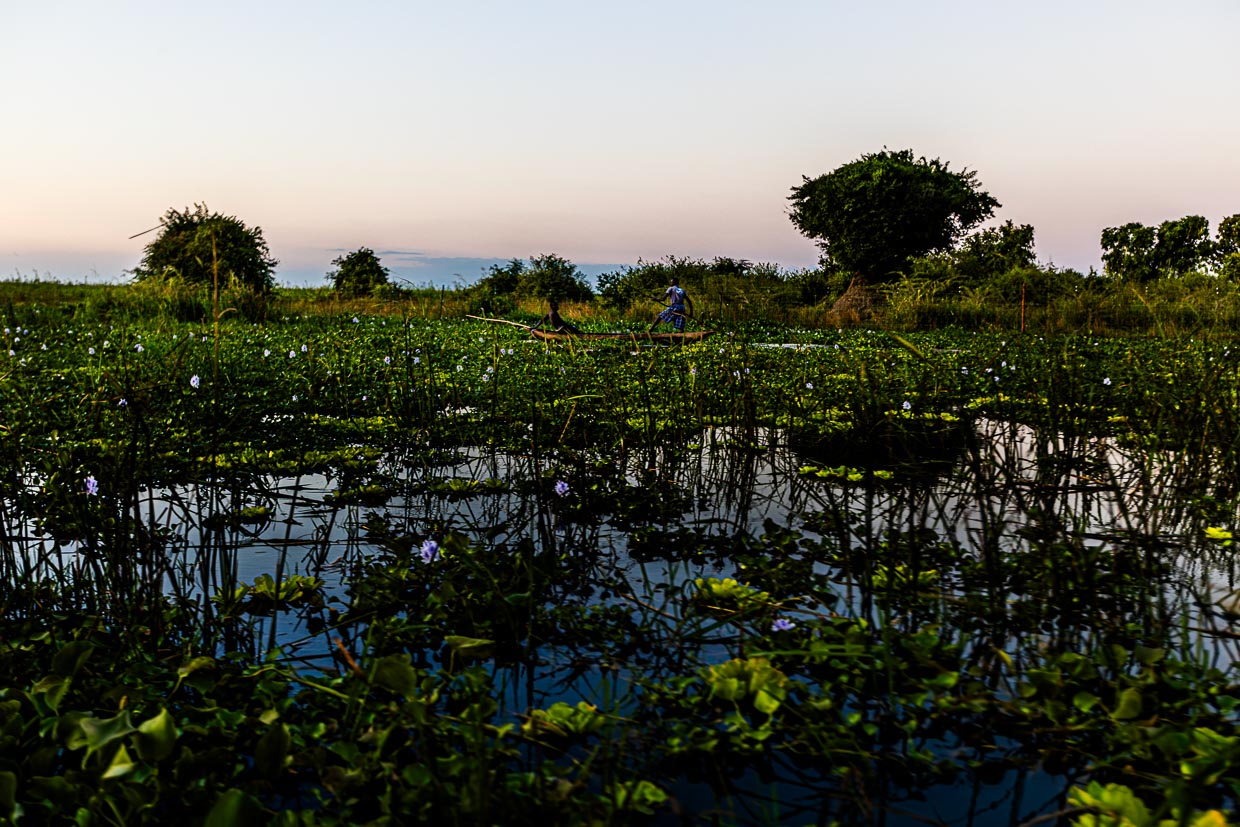
At one point, the boat engine gets caught in the green loops of the plant. The heavy rains at the beginning of the year have caused the Shire River to burst its banks, giving the animals plenty of food and water. The lush green that still dominates now will turn back to a faded yellow in the next few months, the guides tell us. By then, the landscape may not be quite as spectacular, but wildlife viewing will be easier, partly because the animals will only have to share a few watering holes. So every travel season has its charm. Except for the distinct rainy season, which lasts from November to April in southern Malawi.
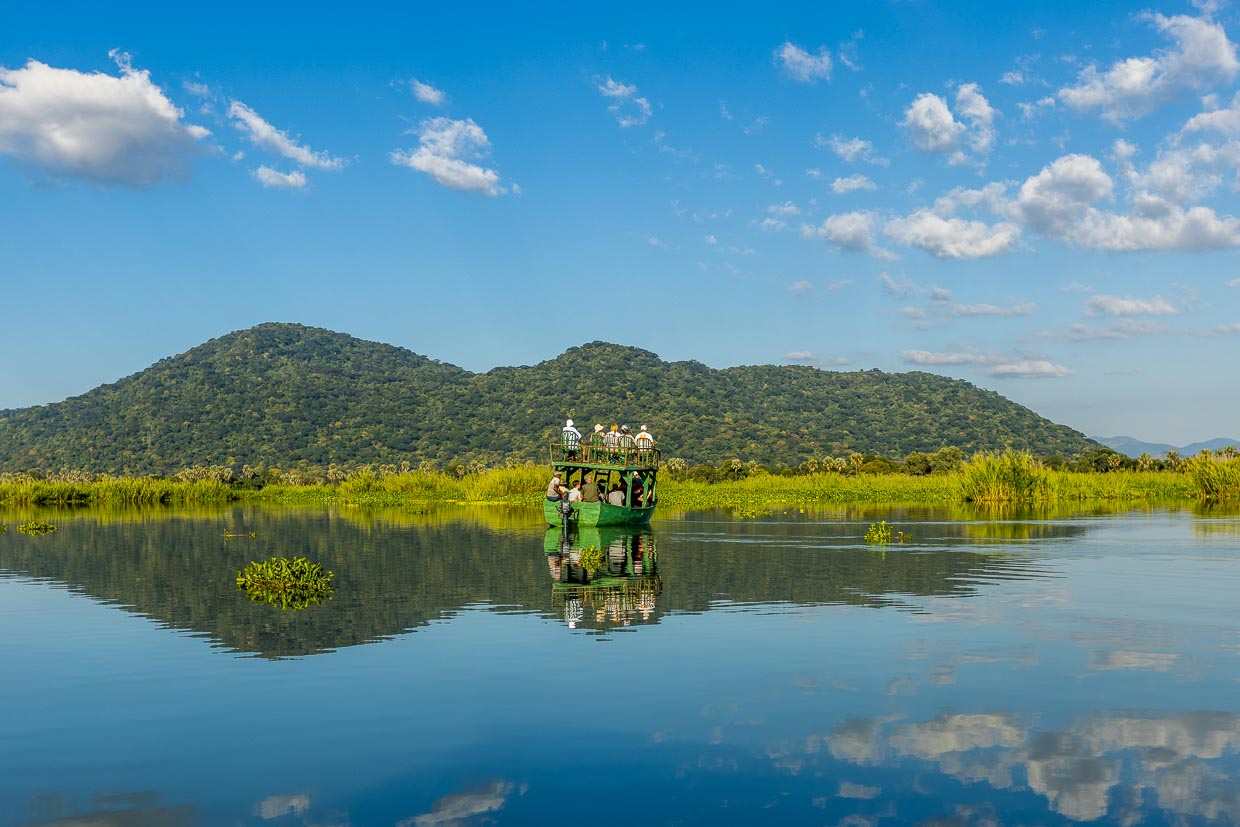
The work of African Parks
In 2015, the non-governmental organization African Parks took over the management in Liwonde National Park. The organization, which was only founded in 2000 and is financed by donations, is now active in eleven African countries. Its goal is sustainable nature conservation. In addition to the reintroduction of animals into parks and reserves damaged by poaching, many other tasks are part of successful park management. These include, in particular, continuous anti-poaching measures such as the removal of wildlife traps and the prevention of human-wildlife conflicts.
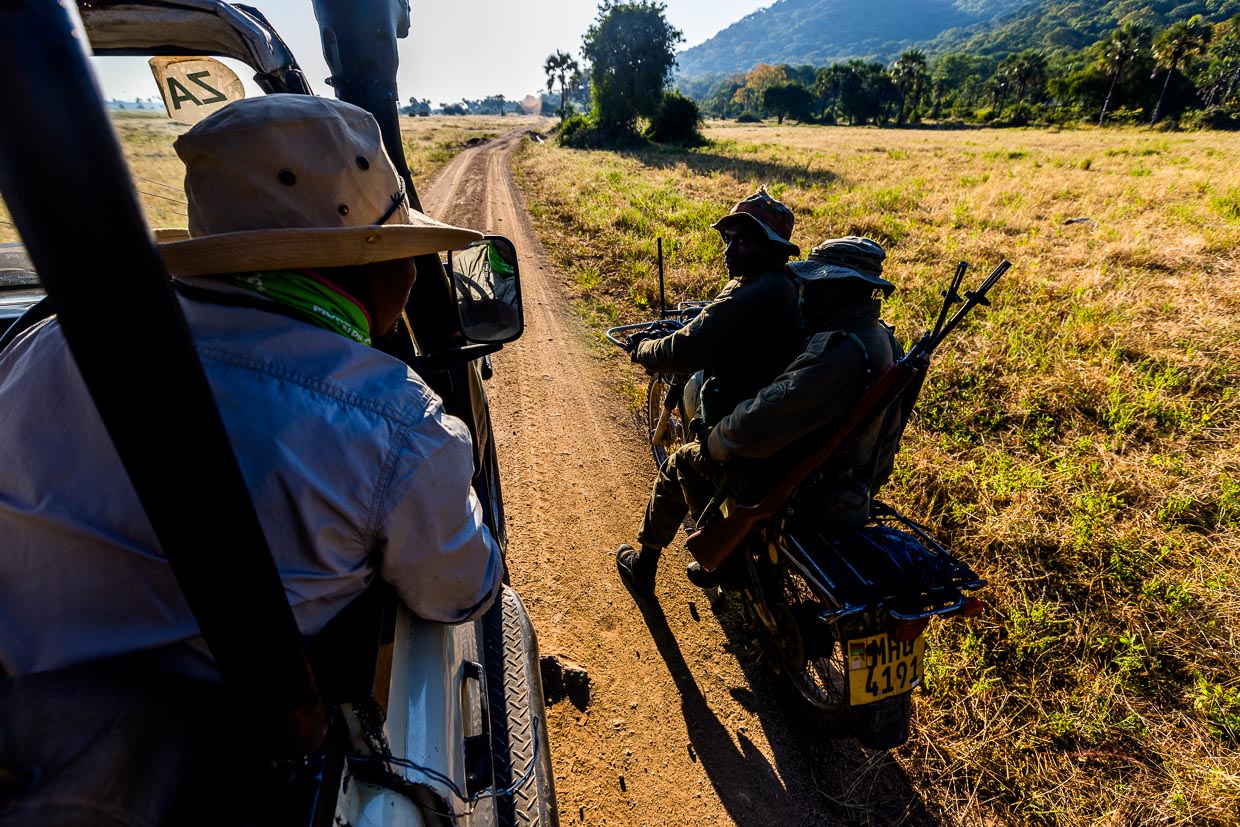
In Liwonde National Park, more than 36,000 wire snares laid by poachers have been removed so far and 117 kilometers of electric fencing erected, especially to prevent elephants from breaking through into settlement areas. More than 60 rangers take care of the protection of the animals, and for several years it has been possible to completely stop the poaching of rhinos and elephants. On the other hand, curbing hunting for game meat and illegal fishing remains a challenge. Here, the parks also work with the surrounding village communities, investing in children’s education, job creation and health facilities. African Parks on the highlights at Liwonde National Park.
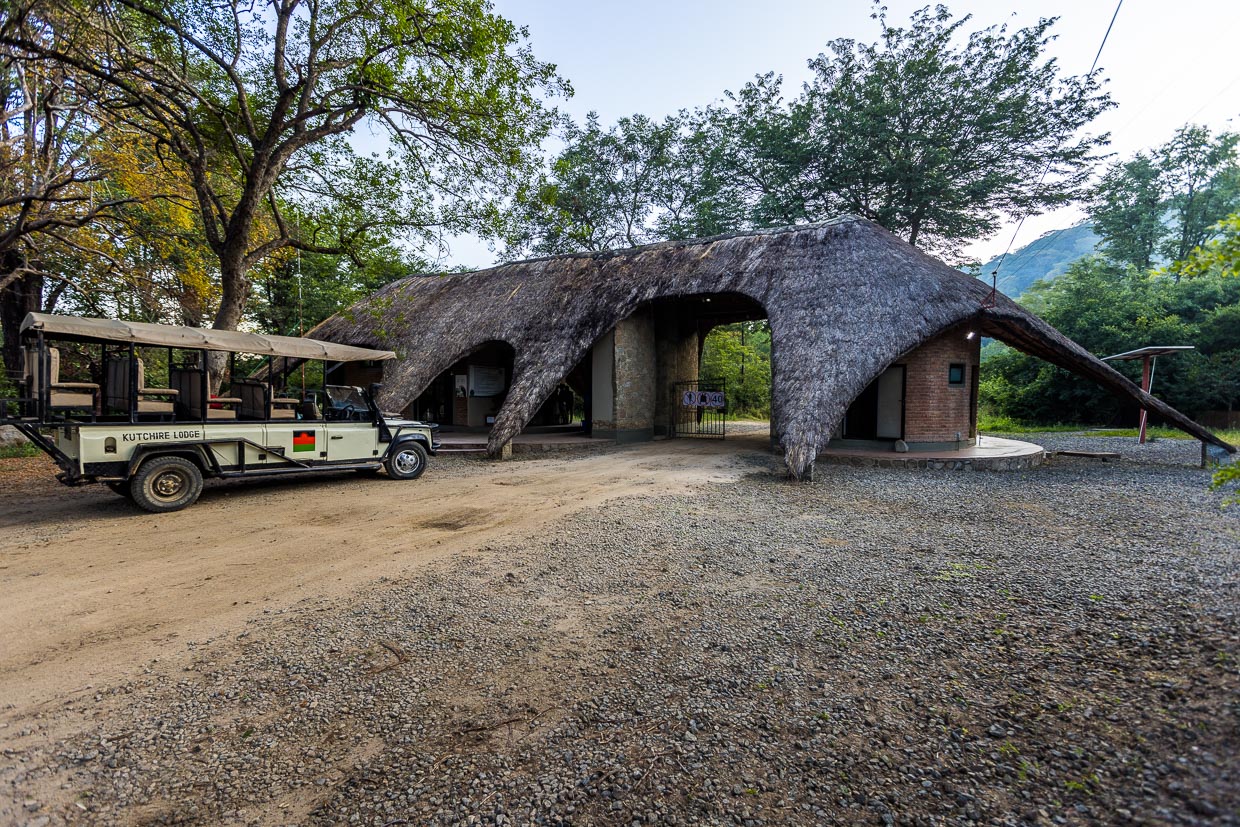
Conflicts between humans and elephants have a long tradition in Africa. Human settlement patterns are constantly changing. Agriculture fragments elephant areas and leads to unwanted clashes between elephants and humans. Farmers suffer from the destruction of their crops. Around Liwonde National Park, the cultivation of chili has been promoted. This provides people with a new source of income. Particularly smart, because of its double benefit, is the so-called chili elephant barrier. Here, the spice farmers have built a natural barrier for elephants as part of the chili project. By using chili as a deterrent, both the elephants and the farmers benefit.
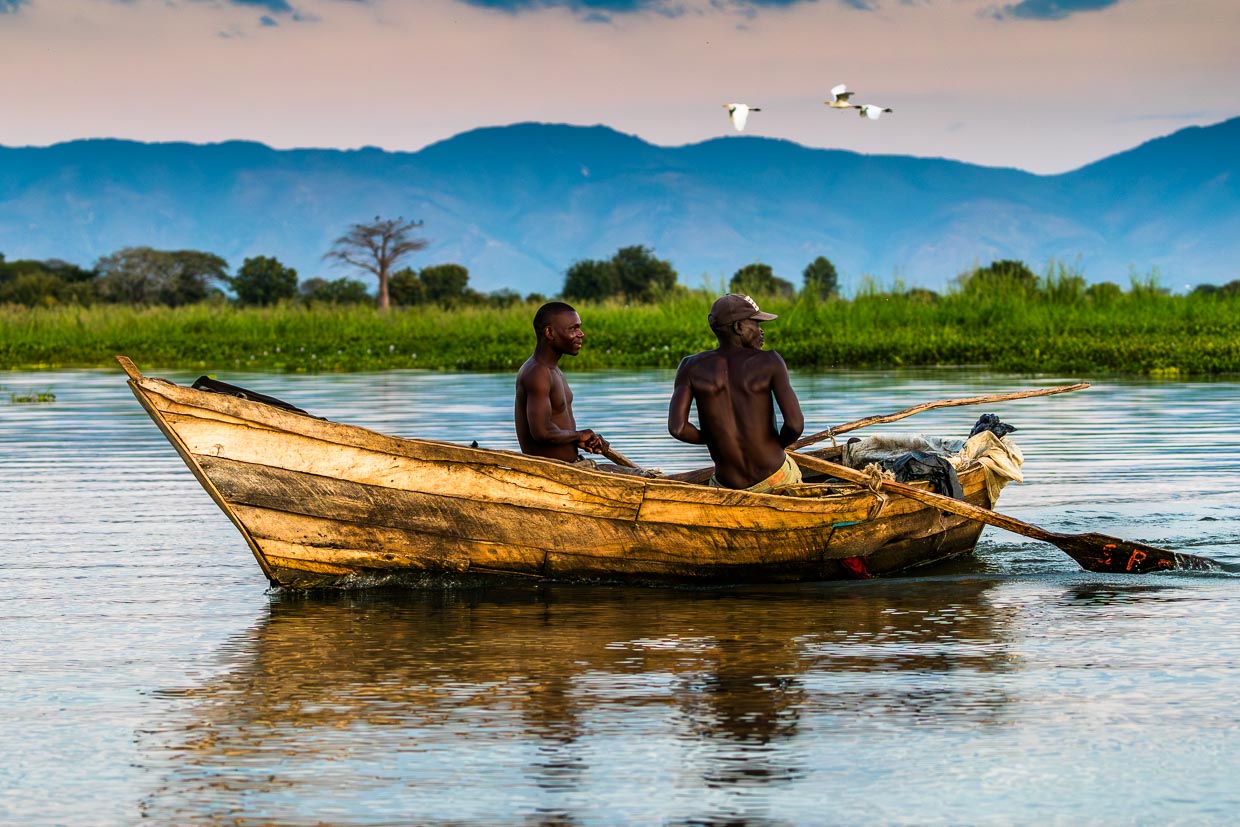
Malawi as a travel destination in Africa
We will report on a stay at Kutchire Lodge and the overnight accommodations in a wide variety of lodgings from roundhouses to treehouses in another report. On the website of the Kutchire Lodge at the Liwonde Nations Park there is more information.
An overview of all the stories about Malawi can be found on the country page Malawi. The landlocked country in Southeast Africa, which is also called the Warm Heart of Africa, is still considered an insider tip for Africa travelers. In regional comparison Malawi is a safe and peaceful country. The country’s landscape is dominated by Lake Malawi, the tenth largest lake in the world. In the total of five national parks, successful wildlife management has been practiced for several years and the biodiversity has increased enormously. Liwonde National Park and Majete Wildlife Reserve have been under the management of African Parks for 20 years. Thawale Lodge offers accommodation in the middle of the park. Nevertheless, the population of Malawi suffers from poverty. A controlled growth of tourism creates income opportunities in rural areas and improves the livelihood of families. The sustainable cultivation of tea and coffee, as on Satemwa Estate, or the reconstruction of banana farming in the country, also create important jobs. More information about tourism in Malawi.
The research trip was supported by the Ministry of Tourism in Malawi.

